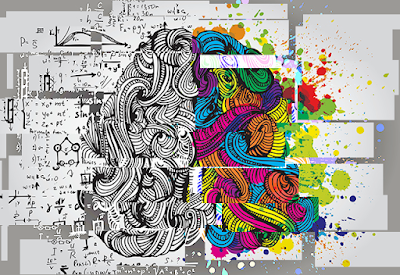Respond to them supportively and listen to their concerns. Give them plenty of love and attention. Make extra time with them and remember to listen. Speak kindly and reassure them. Make opportunities to relax and play.
Keep children in touch with their teachers, friends, and extended family. If hospitalization occurs ensure contact by phone or video. Reassure them.
Regular routines and schedules are required. Create new routines for learning, playing, relaxing and sleeping. Parents of younger children can implement a reward system to help kids stick with their new routine. Praise them whenever possible when they are doing the right thing.
Provide facts about what has happened and explain what is going on. Give clear information about what to do to stay safe in words they can understand.
Provide information about what could happen in a reassuring way. Let them know they or a family member may start not feeling well. They may have to go to the hospital for some time so doctors can help them feel better.
Parents must take care of themselves. It is OK to seek support from friends and adult family members away from their children so they can speak freely. Children will react to parental cues about how to respond, both emotionally and behaviourally.
The red flags are the same. Suicidal ideation, self-harm behaviours, violent acting out, or a big change in normal functioning need urgent assessment.
Stay safe, and reach out
- Gustavo Fring from Pexels, Pexels
- Taryn Elliott from Pexels
- andrey3dp from Pixabay
- WeStarMoney Subscribe on YouTube from Pexels
- Ekaterina Bolovtsova from Pexels
- Photo by mohamed Abdelgaffar from Pexels
- Da_Vid_Acre from Pixabay
